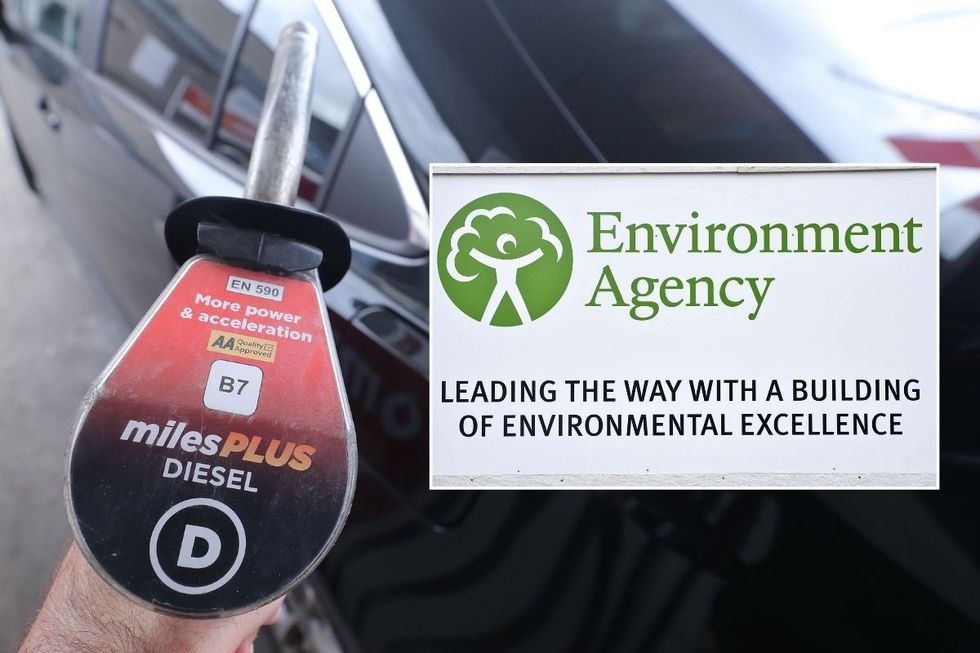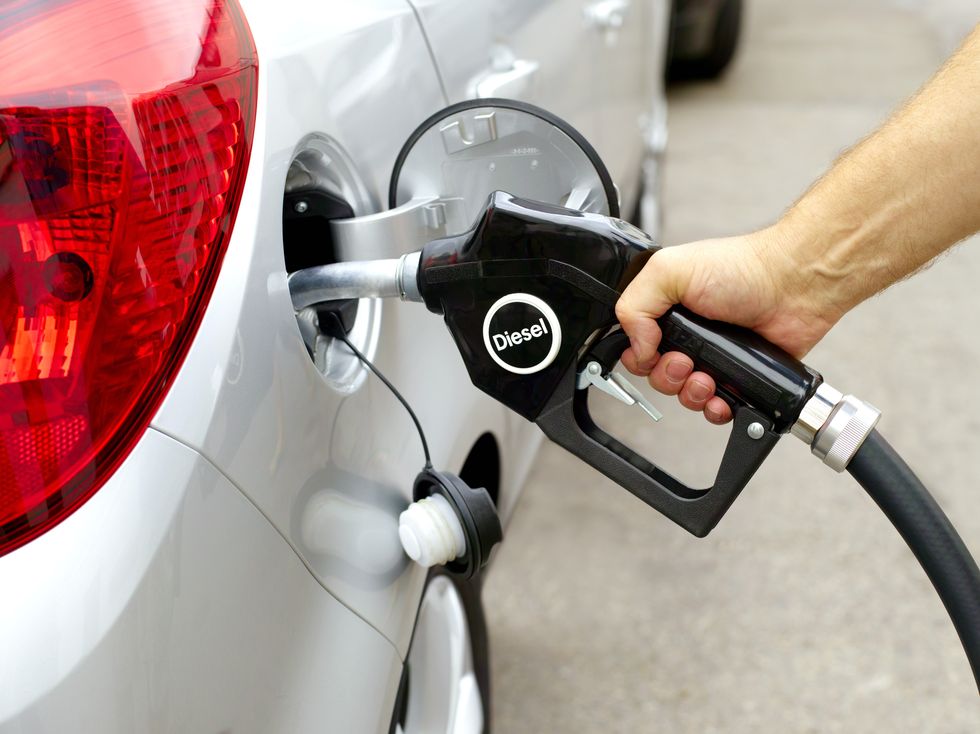As the UK approaches the deadline to ban the sale of new petrol and diesel vehicles by the end of the decade, the Environment Agency is spending more on diesel cars.
According to new analysis, the Environment Agency has increased its spending on its diesel fleet to a high of roughly £2.5million in 2023-24.
The research, from The Telegraph, claims that the Environment Agency has only been purchasing electric vehicles since April 2022, if they are suitable for use.
Figures from the Department for Environment, Food and Rural Affairs (Defra) show the Environment Agency has increased spending on its fleet by around £500,000 in two years.
Do you have a story you’d like to share? Get in touch by emailing[email protected]

The Environment Agency said it needed diesel vehicles in some instances as electric vehicles were not suitable
PA/GETTY
It comes as the Government consults on how the 2030 ban on the sale of new vehicles with internal combustion engines should be rolled out, as questions are raised about whether hybrid vehicle sales should be allowed until 2035.
The Environment Agency’s spending on its existing diesel fleet has sparked criticism as it is deemed to be at odds with the Government’s goal of achieving net zero emissions by 2030 and phasing out polluting vehicle sales by the end of the decade.
Speaking to The Telegraph, Richard Tice, deputy leader of Reform UK, said: “The hypocrisy is they’re telling individuals to buy electric vehicles when they’re experiencing the reality that actually it’s more efficient and productive to continue with their own existing combustion engine cars.”
A spokesperson for the Environment Agency said: “We are leading the way across Government and the public sector in decarbonising our fleet – including ensuring all cars and vans added to our fleet since April 2022 are fully electric.
“We also own heavy duty vehicles such as 4x4s for essential incident work, including responding to flooding, and at present there are no suitable electric models for these available on the market.
“The increasing cost of the diesel fleet is due to the increasing cost of running this older diesel fleet, and not due to an increase in the number of diesel vehicles.”
In 2017, the Government committed to having 25 per cent of cars in department fleets be electric by 2022, with data showing it reached 25 per cent by the deadline.
Last August, the Department for Transport published guidance outlining a target of 100 per cent of central Government car and van fleet vehicles if they have not been given an additional exemption.
This includes executive agencies, non-ministerial departments, executive non-departmental public bodies and any other non-market bodies mainly controlled and financed by one or more central Government departments.
One of the potential exemptions for the electric commitment includes if switching to an EV would pose a security risk.
The Government has a combined fleet of more than 30,000 cars and vans, making it one of the largest owner-operator fleets in the country.
Since the commitment includes scope for zero emission vehicles, some departments may choose to include the use of hydrogen, as the Ministry of Defence has been doing.
LATEST DEVELOPMENTS:
- Drivers could face costly traffic fines in ‘early 2025’ as council gains new powers after long delay
- Elderly drivers with certain medical condition at risk of £1,000 DVLA fine amid dangerous driving concerns
- Labour starts 100 day countdown until Rachel Reeves car tax hikes come in forcing drivers to pay nearly £2k more

The Government aims to have 100 per cent of its department fleets be zero emission by 2027
GETTY
Hydrogen is being used to charge its fleet of vehicles at RAF Leeming in North Yorkshire, Merville Barracks in Colchester and at HMNB Devonport in Devon.
While hydrogen vehicles are not being used, experts have praised fuel cells for being able to refuel quickly and deliver a longer range for larger vehicles.